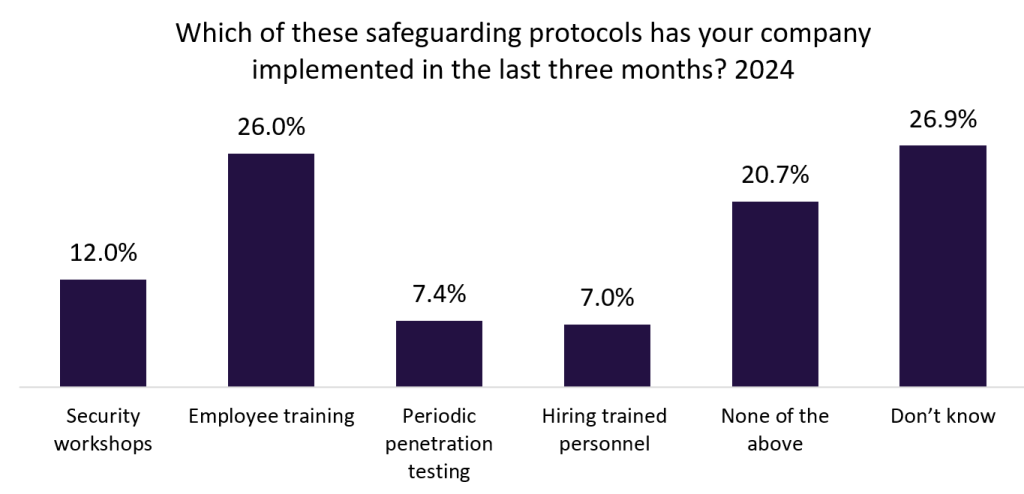Protection insurers should acknowledge and address barriers in consumer attitudes towards purchasing protection insurance, according to GlobalData Financial Services
The Syndicate, the research arm of Protection Review, recently published its 2018 report, which explores consumer attitudes towards protection insurance in the UK.
The research highlights that consumers generally understand the value of protection insurance.
Nearly 90% of those surveyed identified that protection insurance would support them for longer than six months if they were unable to work due to serious illness or injury.
Respondents had the most confidence in protection insurance out of all sources of support, even ahead of the State.
But despite this there remains a lack of customers purchasing cover. The main barriers to purchase are:
How well do you really know your competitors?
Access the most comprehensive Company Profiles on the market, powered by GlobalData. Save hours of research. Gain competitive edge.

Thank you!
Your download email will arrive shortly
Not ready to buy yet? Download a free sample
We are confident about the unique quality of our Company Profiles. However, we want you to make the most beneficial decision for your business, so we offer a free sample that you can download by submitting the below form
By GlobalData- 61% consider protection too expensive.
- 55% are uncomfortable with the idea of paying into something they might not need.
- 53% prefer savings to protection.
- 48% do not trust insurers.
Protection insurers must develop solutions to break these barriers. Some have already started to do so.
US life insurer Fabric offers an affordable, stripped-down accidental death policy as a way of attracting customers that are new to protection products.
It then looks to upgrade them to more comprehensive cover over time. Meanwhile AIG offers Key3 Critical Illness Insurance, a simpler and more affordable policy that pays a lump sum upon diagnosis of one of three key medical conditions (cancer, heart attack, or stroke).
Protection insurers should work on building trust by being transparent (especially when it comes to pricing and claims), removing jargon and excessively long terms and conditions, and talking to customers on a personal level. Many start-ups are already doing this within the protection space.
Providers also need to improve the perceived value of protection products. This would make buying cover more attractive than putting money into savings, and help stop customers feeling as though money is being wasted on something they may not benefit from.
Providers could offer products that have added-value services and are about more than just paying claims.
Vitality’s model rewards customers with discounted access to goods and services for leading a healthy lifestyle, which is attractive to consumers. Products also give customers access to virtual GP services and wellness apps that actively help them monitor and manage their health and lifestyle.
This helps increase consumer engagement with insurance throughout the policy duration.
Providers should also consider what they can give back to customers as a guaranteed benefit in return for paying premiums over the long term, even if no claims are made.
This could include paying for the customer’s funeral, for example. Indian life insurer HDFC Life even gives customers the option to have all of their paid premiums returned to them if they survive the policy term.
There are many ways providers can help break barriers in consumer attitudes to buying protection insurance. In doing so, they will increase penetration and narrow the protection gap.








